Mathematical Topics: Filipino Textiles
Suggested Age: 9th | 10th
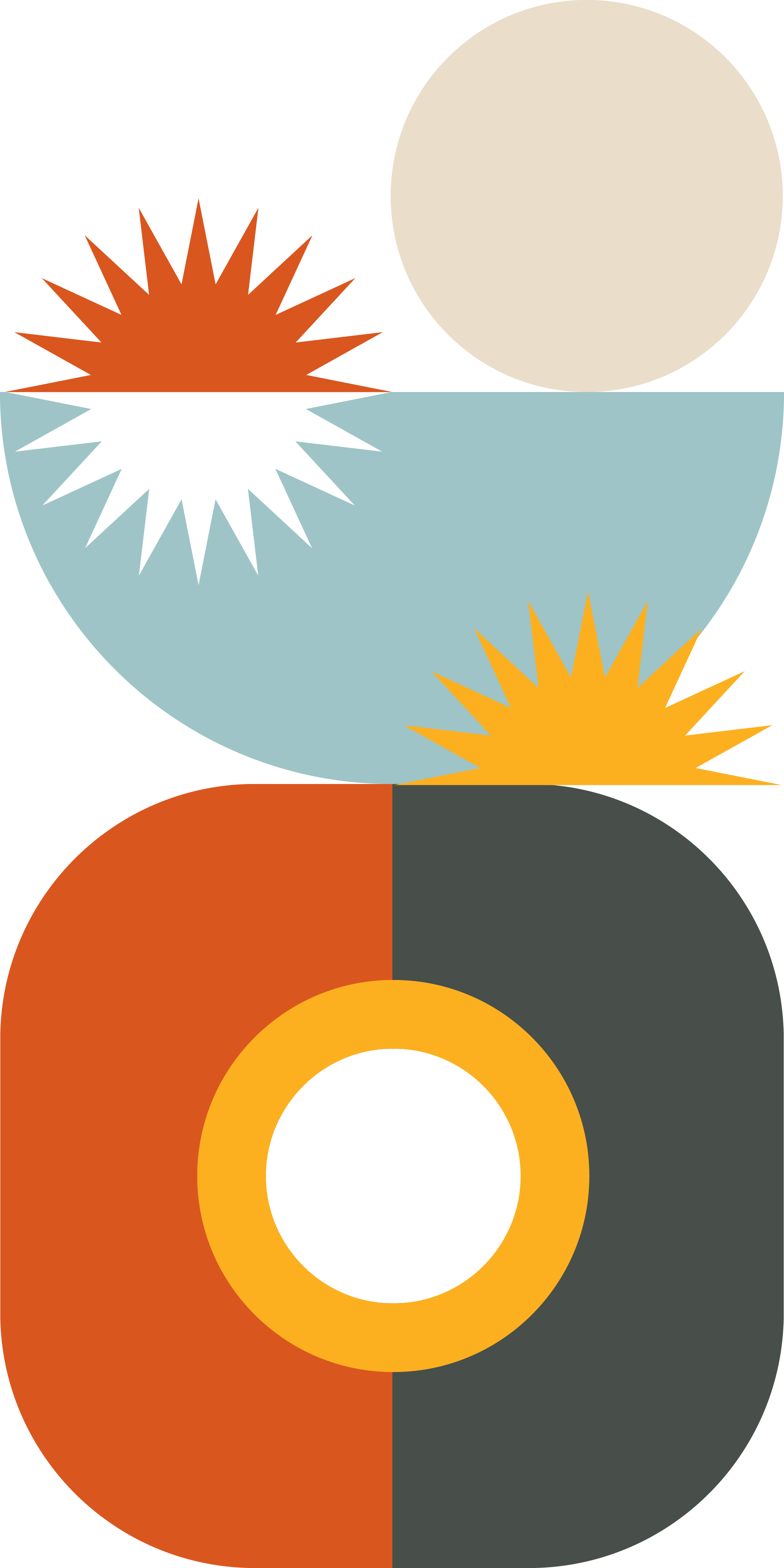
Lesson Summary:
This lesson intends to introduce the concept of rigid motions through the lens of Filipino textiles. Students will consider different textile patterns through the lens of mapping and rigid motions. Through this exploration students will be able to define and identify translations, reflections and rotations using vocabulary such as mapping and rigid motions. This lesson also provides the option for students to learn about the meaning of these textiles to indigenous peoples cultures, spirituality and lifestyle. Discussion questions guide students to discuss the importance of women in mathematics, the relationship between mathematics and culture and the modern day appropriation of fashion. Lastly, there are a variety of extension activities available to choose from based on student interest that can be seen below.
We want to acknowledge that this lesson was developed based on a student project by Liam Medina, NYC. Liam, whose family comes from the Philippines, wanted to explore Filipino contributions to mathematics. In addition, Liam has a love of fashion. Thus, he truly enjoyed exploring the relationship between mathematics, fabrics and Filipino culture.
Remember that the lesson guides are just suggestions. Feel free to create your own options, use some of our suggested ones or even use it all. Most importantly consider your student population, involve them in the research and expand the lessons to fit your needs.
Our Lesson Plan
Our lessons are made to be printed or downloaded. Please do so through the link below.
Our Presentation
Our presentations are made to be printed or downloaded. Please do so through the link below.
Student Handouts
Our student handouts are made to follow the progression of the teacher guide. Download and edit to fit your students needs.
Hook: (5-10 minutes, slides 2-4)
There are two options for a hook to choose from. Both options prompt students to think about geometric patterns beyond those typically seen in a traditional math class.
- Option 1 (slide 3): Students are asked to think about where they have seen geometric patterns in their life. This question intentionally is left open-ended for students to make connections to different parts of their identities, interests and ways of perceiving their surroundings.
- Option 2 (slide 4): Which one doesn’t belong? Students are given 4 options and have to choose which of the 4 they think does not belong with the others. However, there is no right or wrong answer as long as the student can justify their choice. We suggest giving students independent thought time to justify their answer then do a share out in small groups. The images chosen are all different geometric patterns that have some type of transformation embedded into the design.
- Option 3: Create your own question or activity related to student interests that involve geometric patterns.
Mathematical Exploration: (15-30 minutes; slides 5-21):
There are multiple ways for students to begin to think about the mathematical transformations embedded within Filipino textiles. Students will want to view these transformations with a lens of mapping and rigid motions. The suggested textile patterns are on slides 9-13. Depending on students prior knowledge of transformations and your mathematical goals the suggested plan should be adjusted to meet your needs.
- Set Up: (slides 9-13). Each group will be given a different textile pattern to consider. Ideally students are in groups of 3 or 4. Therefore, some groups might be given the same pattern.
- Part 1: Notice & Wonder (slides 6-8). Students will write their own things they notice and wonder about the textile pattern given. It is important to reinforce that there is no wrong answer – any idea they have is valuable. Ideally students are given a few minutes of independent thought time to gather their thoughts. In small groups 1 student shares 1 idea, then they go in a circle each sharing 1 idea. Students then keep sharing ideas until everything they notice and wonder has been expressed. It is important to share with students that they should share ideas even if they are repeated so they see what information consistently stands out. Ideally students will begin to think about transformations. When synthesizing with the class, highlight any sharings about transformations.
- Part 2: Mapping Onto (slides 14-15). Introduce the language and meaning of mapping onto. Students will then discuss in their groups if they can see any parts of the textiles mapping onto each other. If students have not yet talked about transformations this might elicit vocabulary into their conversations. If students use language about translations, reflections and rotations have them share it aloud with the class. Use their knowledge as a way to define these vocabulary words. If not, slides 16-18 have definitions with images to help students make those connections.
- Part 3: Rigid Motions (slides 19-21). As a class, define the vocabulary term rigid motion. Have students make connections to the term rigid and what it means to be rigid. Slides 19 provides a straightforward definition for students. In small groups students will then revisit their textile to identify as many rigid motions they see occuring in each pattern.
As students are thinking deeply about these images you can provide patty paper to help them find patterns. On the patty paper students can trace images to see how they compare to other aspects of the textile. Providing this tool can help reinforce the definition of a rigid motion.
For example:

Relevance Explored: (15-30 minutes; slides 22-33)
This part of the lesson transitions to thinking about the context and relevance of textiles within Filipino culture and tradition. In order to conceptualize the time, preciseness and detail used to create textiles there are two options of videos available to watch.
- Option 1: a short video that shows the actual weaving process and the tools used
- Option 2: a longer video that shows the creation of Piña Cloth. This video shows the whole process of how the materials are created and spun to then be used to create textiles. Since this video is very long we suggest watching at a higher speed to create a faster time progression experience.
We then transition to thinking about how mathematics has shaped the development of textiles which ultimately connects to spirituality within the Filipino community. The quote on slide 25 sets the stage for students to begin thinking about the connections between geometry, spirituality and nature. Students will then be given the chance to explore the spiritual purpose their groups’ textile serves. The purposes can be found on slides 26-32. To engage with this there are a couple of options:
- Option 1: In their groups have students discuss the purpose of their textile pattern together. Then have one student from each group share aloud in a whole class discussion their context.
- Option 2: Jigsaw – have students do a jigsaw share out in a small group where there is a representative from each group to share about the purpose of their textile patterns.
If you want to give students the chance a way the spiritual textile patterns could be created they can read an article on dream weavers. By reading the article students will learn about a community of indigenous women who represent visions from their dreams by weaving certain patterns. It is important to note that only women are allowed to do the weaving and are ultimately the doers of mathematics in this community.
The last activity within relevance is giving students the chance to consider potential cultural appropriation and misuse of textiles. Slide 32 sets the stage for how to inappropriately wear indigenous textiles. This provides an opportunity for students to discuss the implications of his representing others’ cultures.
Student Discussion: (10-20 minutes; slides 34-35)
The discussion questions intend to give students the space to process and discuss the connections between mathematics, spirituality and art. The questions provided are just suggested questions and should be edited and developed to meet the needs, identities and personalities of your students. They can be considered in partners, small groups or whole class discussions based on your student population.
Extension Activities: (slides 36-41)
The extension activities are just opportunities for you and your students to explore options beyond what we have provided. The possible extensions are not limited to what we have suggested. There are many other extensions that could be created based on research you and your students can conduct.
- Extension 1: (slide 37) Students can watch a video about an artist is preserving Filipino textiles through weaving
- Extension 2: (slide 38) Students can read more about the meaning behind different types of textiles that go beyond the content covered in class
- Extension 3: (slide 39) Students can explore a website of an organization whose mission is to preserve the Filipino weaving tradition.
- Extension 4: (slide 40) Students can explore geometric patterns in other communities’ textiles. There are resources linked to the following cultures: Navajo, Asante peoples, Peruvian and Korean. There are many other cultures who utilize geometric patterns in their textiles. We encourage exploring a culture relevant to your student population. It is even possible to do some cross cultural comparisons. Are certain types of rigid motions featured more in certain cultures?
- Extension 5: (slide 41) Students can explore geometric patterns and rigid motions in wallpaper patterns found in Granada, Spain.
- Extension 6: (slide 42) You can have students create their own textiles inspired by different cultures that adhere to rigid motion patterns.
More Lessons
Below you’ll find our resources which are filterable by their age group and mathematical topic.
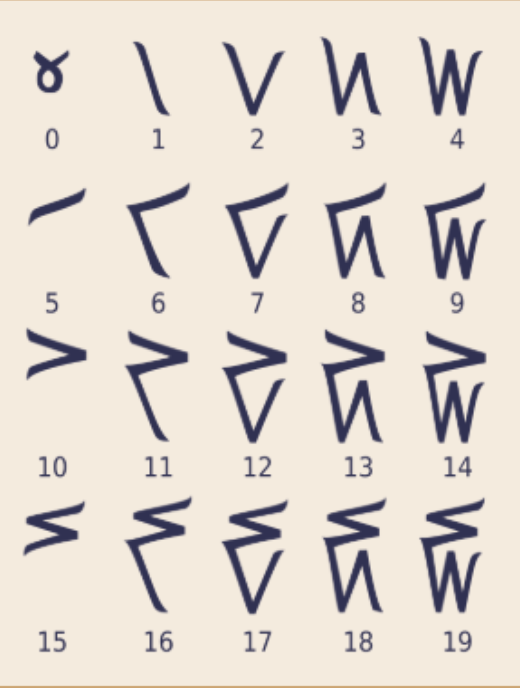
Kaktovik Numerals & Base 20

Tessellations in West African Hair Braiding

Density in Dominican Cakes compared to American Cakes
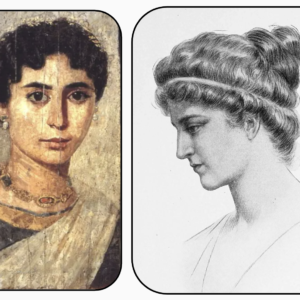
Hypatia of Alexandria & Conic Sections
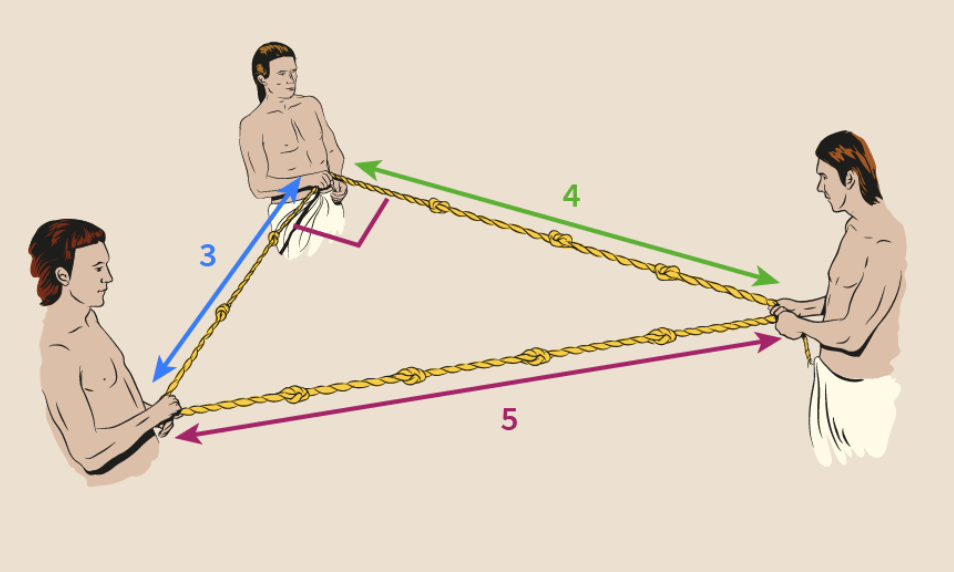
Ancient Egyptian Base 10 Number System & Doubling Method
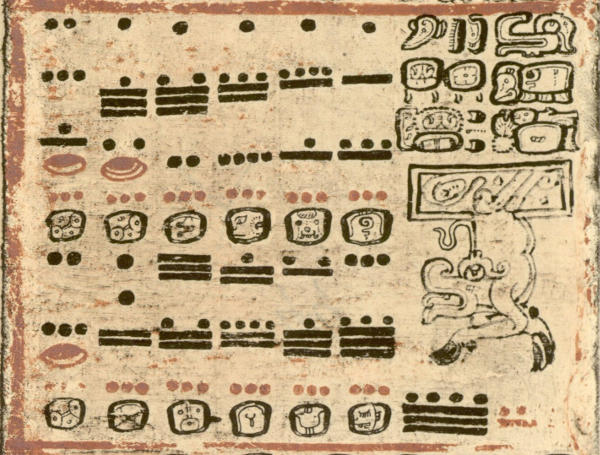
Maya Calendar & Base 20 Number System
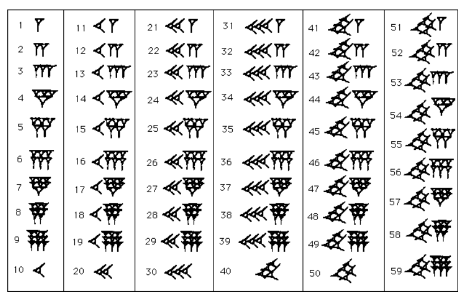
Ancient Babylon Base 60 Number System
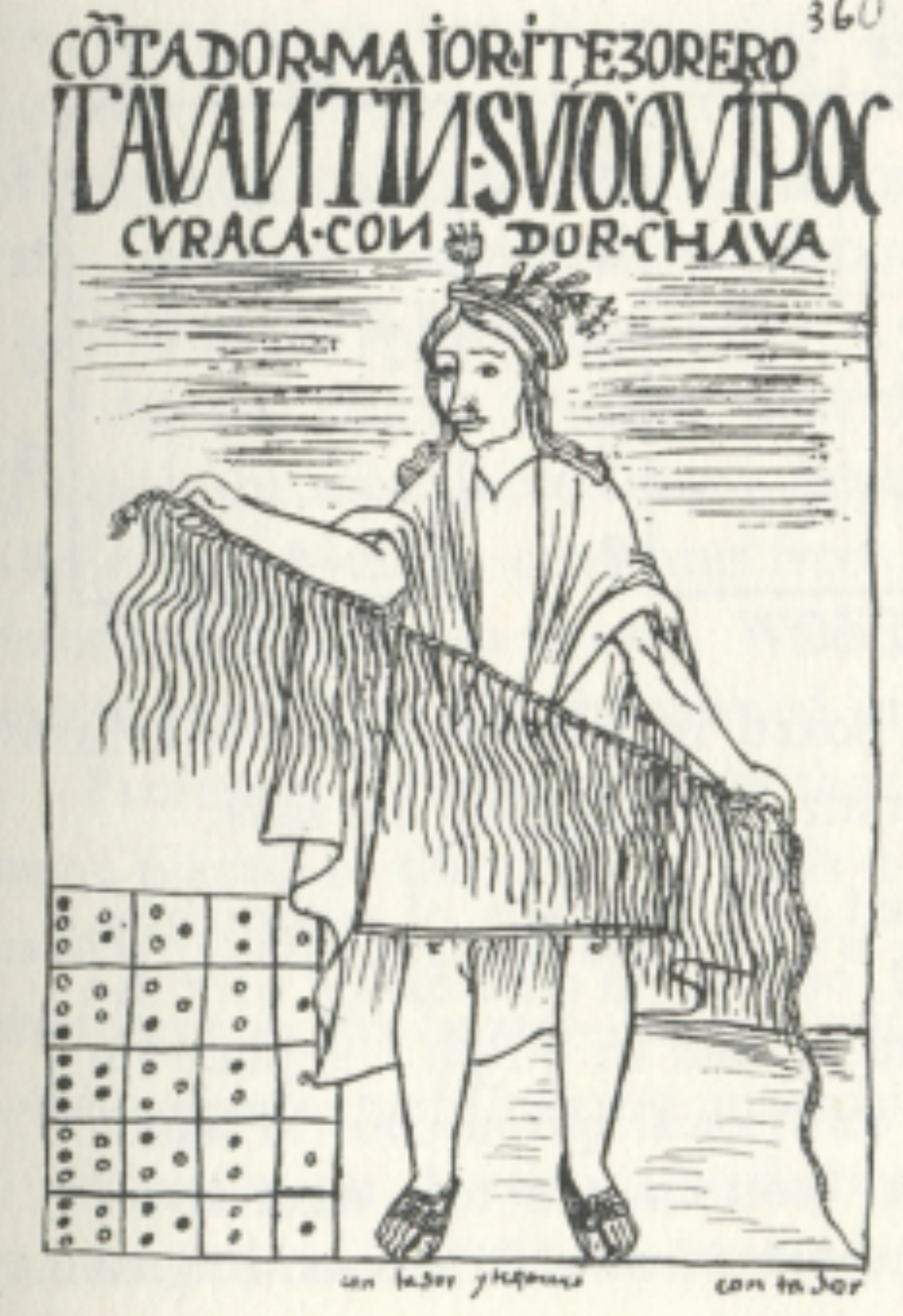
The Origins of Fibonacci’s Sequence
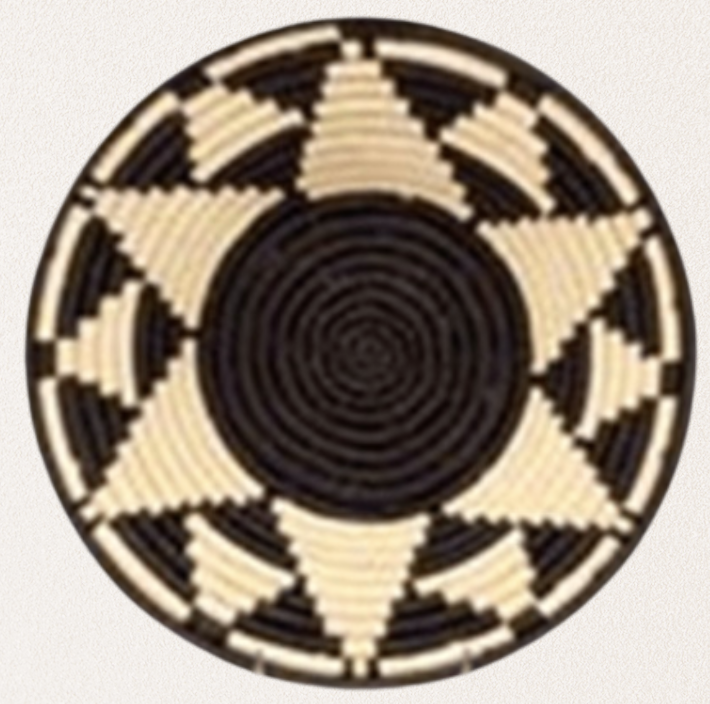
African Baskets & Regular Polygon Rotations

Ancient Mathematical Puzzles: Magic Squares and Hexagonal Tortoises
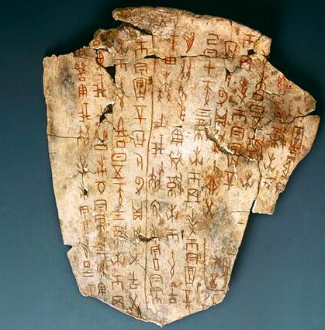
Oracle Bones & Counting Rods

